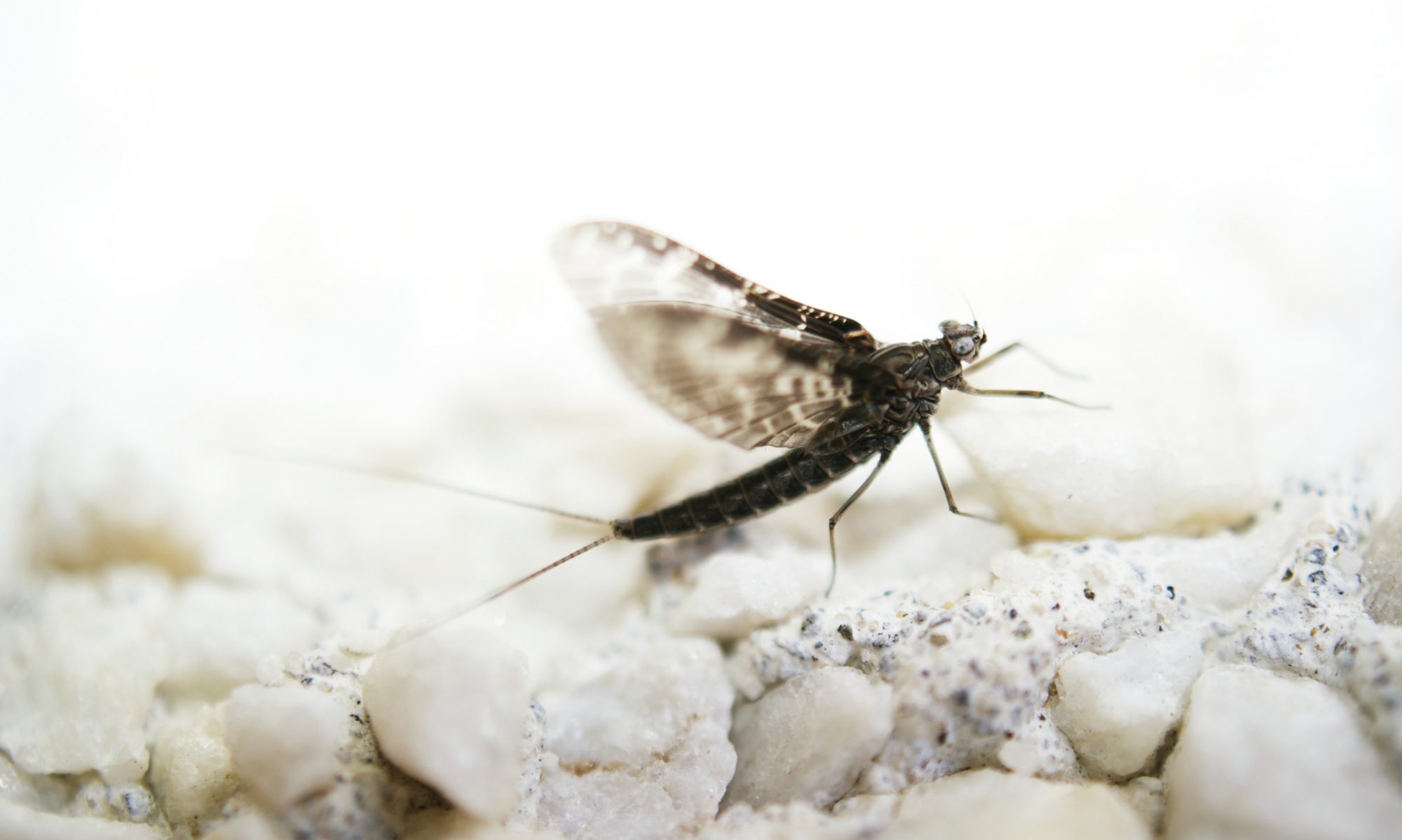Any red-blooded Canadian of my approximate vintage will fondly remember reading Owl magazine (still being published!) as a kid. One of the monthly features in Owl was the “Mighty Mites.” The Mites were a group of three siblings who had the ability to shrink down to any size. They used those powers to investigate the natural world around them. I don’t remember too many of the episodes anymore, but I do recall a time when they took a wild ride on a collembolan, also known as a springtail. Since then I’ve always been interested in springtails, which are small, six-legged arthropods that are likely closely allied with insects. The Tree of Life website notes that springtails “…are probably the most abundant hexapods on Earth, with up to 250,000,000 individuals per square (sic) acre.” So, if you haven’t encountered one in your travels, it’s only because you aren’t looking.
As springtail riders, the Mighty Mites were doing what many other small creatures (including real mites) do to get around – specifically, they were being phoretic. Phoresy is when one organism hitches a ride on another organism without affecting the fitness of the organism providing the transportation.
Another group of arthropods that I’ve always been interested in are the Ephemeroptera, more commonly known as mayflies. Mayflies live most of their life cycle as aquatic nymphs in lakes and streams. Most people who spend time outdoors are familiar with large “hatches” of mayflies in the warm months of the year when myriad adult insects emerge from the water in coordinated mating dances. Among the fascinating traits common to mayflies is the fact that the adults don’t feed. In fact, their reduced mouthparts have no apparent function. Mayflies make for good trout food, and fly fishers have always worked to imitate various mayfly life stages to catch fish. The fly fishing angle – no pun intended – also partly explains my personal interest in mayflies.
Because of their life cycle traits – nymphs being restricted to the body of water in which they were hatched, and adults living only for a very short time, mainly to mate – the general view has been that mayflies really do not disperse much beyond nearby bodies of water, or perhaps along a stream course. Mayfly diversity and distribution have been explained as mainly an artifact of past continental drift. However, that view is changing, as there is evidence of at least some mayfly diversification being due to the insects somehow crossing large bodies of water.
So, mayfly dispersal and diversification is still at least partially an interesting riddle to be completely solved. And, it turns out, so is springtail dispersal. Springtails are often among the first organisms to colonize newly formed islands. How they get there has been a topic of discussion and research. And now that discussion has picked up steam because it turns out that the lives of mayflies and springtails came together in the past and may still do so today.
In a paper (Open Access) published in PLoS ONE David Penney and colleagues describe an intriguing amber fossil in which a springtail was entrapped hitched onto a mayfly via clasped antennae. The authors make a strong case for the fact that the paired fossils are not simply a chance occurrence. Among the arguments are the location of the springtail on the mayfly body; the fact that the clasped antennae are similar to those seen in an other case of fossilized collembolans hitching a ride on another arthropod (Opiliones, also known as daddy-longlegs or harvestmen, see reference in the Penney et al. 2012 PLoS ONE paper); and the lack of other springtails appearing in the sample.
This one find brings up a whole host of questions, many of which the authors suggest in their paper. For instance:
- if we see this behavior manifested in ancient fossils, is it also happening today and why haven’t we noticed it?
- why would springtails be adapted to hitch rides on such short-lived species that seemingly rarely travel any substantial distance?
and to that, I’d also add:
- if we don’t see this behavior today, was there something about ancient mayfly life history or behaviors that made this association more likely? Or perhaps do those ancient mayfly traits also exist today, but we still haven’t noticed them?
Fossil evidence often makes scientists stop to consider the present day, and this is no exception to that rule. In fact, it is a great example of one field of science (entomological paleontology) passing questions on to other fields (e.g. taxonomy, animal behavior, and biogeography).
So, next summer when you see a perched mayfly minding its own business, maybe you should sneak up on it to see if it has any guests along for the ride.
Penney, D., McNeil, A., Green, D., Bradley, R., Jepson, J., Withers, P., & Preziosi, R. (2012). Ancient Ephemeroptera–Collembola Symbiosis Fossilized in Amber Predicts Contemporary Phoretic Associations PLoS ONE, 7 (10) DOI: 10.1371/journal.pone.0047651
